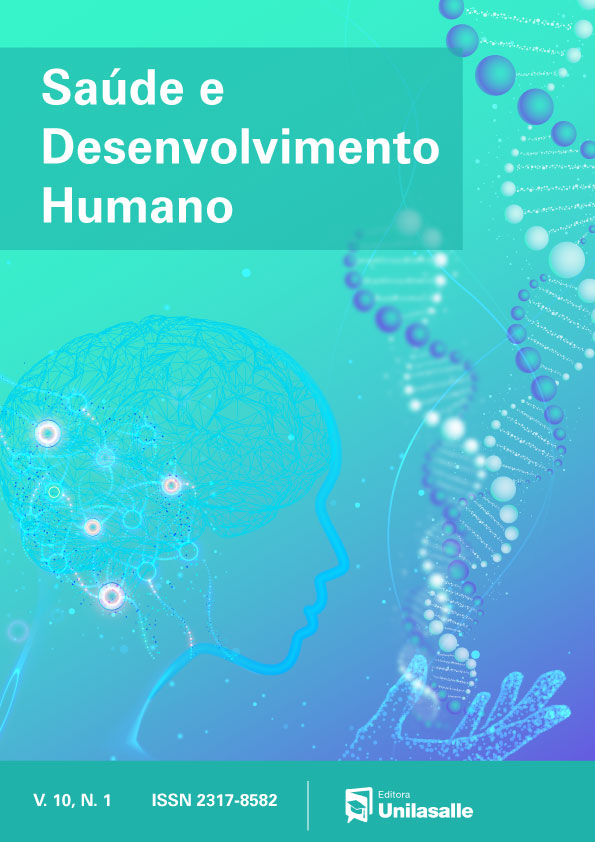Prevalence, severity and need for treatment of malocclusions and their negative impact on the quality of life of adolescents
DOI:
https://doi.org/10.18316/sdh.v10i1.7939Keywords:
Malocclusion, Epidemiology, Public health, Quality of LifeAbstract
Objective: To investigate the prevalence, severity, and need for treatment of malocclusions and their impact on the oral health-related quality of life (OHRQoL) in 12-year-old teenagers.
Materials and methods: Cross-sectional study performed with 453 adolescents. Malocclusion was evaluated using the Dental Aesthetics Index (DAI), and Child Perception Questionnaire11-14 (CPQ11-14) was used to assess the OHRQoL. CPQ11-14 scores were compared according to gender and presence of malocclusion using Mann-Whitney test. Analysis according to the severity of malocclusion was performed using Kruskal-Wallis test.
Results: The prevalence of defined or higher malocclusion was 53.86% while very severe or disabling malocclusion with essential need for treatment was observed in 18.76%. There was a positive correlation (r=0.7006; p<0.0001) between the DAI and CPQ11-14 scores. Adolescents with malocclusion had higher total CPQ11-14 scores (p<0.05) as well as emotional and social well-being domains scores than those without malocclusion. The total CPQ11-14 score was higher (p=0.0251) in women (16.91+10.52) than in men (14.61+9.70).
Conclusion: The prevalence of malocclusion was high, with a predominance of defined malocclusion requiring elective treatment. Malocclusion had a negative impact on the OHRQoL, especially regarding the emotional and social aspects.
Downloads
Published
Issue
Section
License
Authors who submit their manuscripts to be published in this journal agree to the following terms:
- Authors retain copyright and grant the journal right of first publication with the work simultaneously licensed under the Creative Commons Attribution License that allows the sharing of work and recognition of its initial publication in this journal.
- By virtue of the articles appearing in this open access journal, articles are free to use, with proper attribution, in educational and non-commercia.


